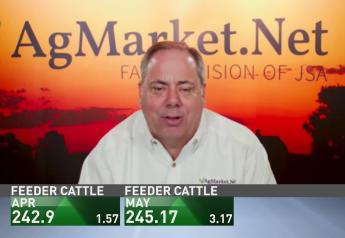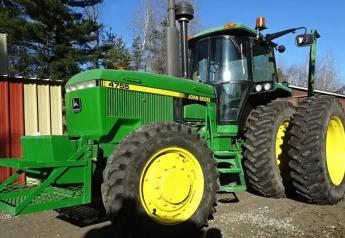Markets Now with Tyne Morgan: Buckle Up, The Market Volatility is Just Getting Started
USFR 05/08/21 - Roundtable 1
The commodity markets proved the bull market is far from over, as May corn futures ended the week above the $7.70 mark. December corn futures reached $6.36. Soybean prices had a similar story, with old crop finishing Friday above $16.
“If you think you needed a seat belt this week, just wait,” says Chip Nellinger of Blue Reef Agri-Marketing. “We've got expanded limits now. You're not even into the timeframe where we're going to start talking about weather: is it going to rain? What's the forecast the different weather model runs every day? This thing's going to get really crazy before it's said and done.”
Nellinger says the price action has been fairly straight up, but he says there are a laundry list of things at play in the markets today. And in a way, the weather market has already started.
“Weather is already a factor. South American Brazilian second crop corn is very, very dry for up to half their production,” adds Nellinger. “It's dry in the western Corn Belt here. There's strong demand and inflationary pressures on top of that, plus fund buying and commercial buying. It's been a heck of a week here.”
From dryness concerns to fund and commercial buying, Bob Utterback of Utterback Marketing says there’s one other major factor at play: lack of farmer selling.
“Farmers don't have any grain left to sell,” says Utterback. “There's no farmer pressure, because of us advisors basically moving the corn too soon. And now they're very, very reluctant on selling more corn until they see it in the ground. And the crop has gone in very, very fast. But everybody looks at these drought monitors in the western states. It does suggest that the dryness comes into the June-July time period, and this market become parabolic. For every bushel drop, you're not going up at a constant rate, but you're at an increasing rate. And how high do you have to go to ration usage?”
On Friday, export demand strengthened with USDA announcing a big buy of new crop corn. USDA confirmed China purchased 1.36 MMT of new crop corn, which is the biggest sale since January and the 16th largest purchase on record.







